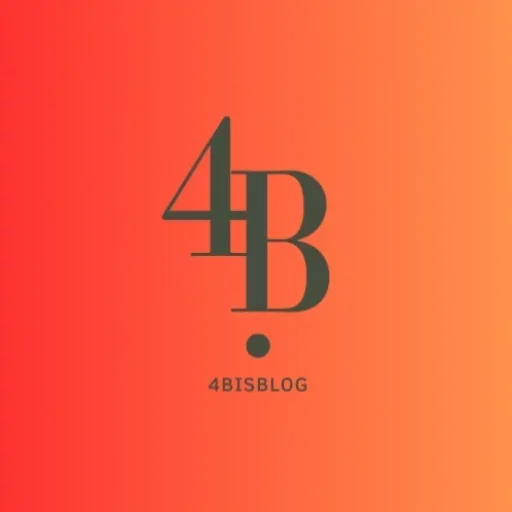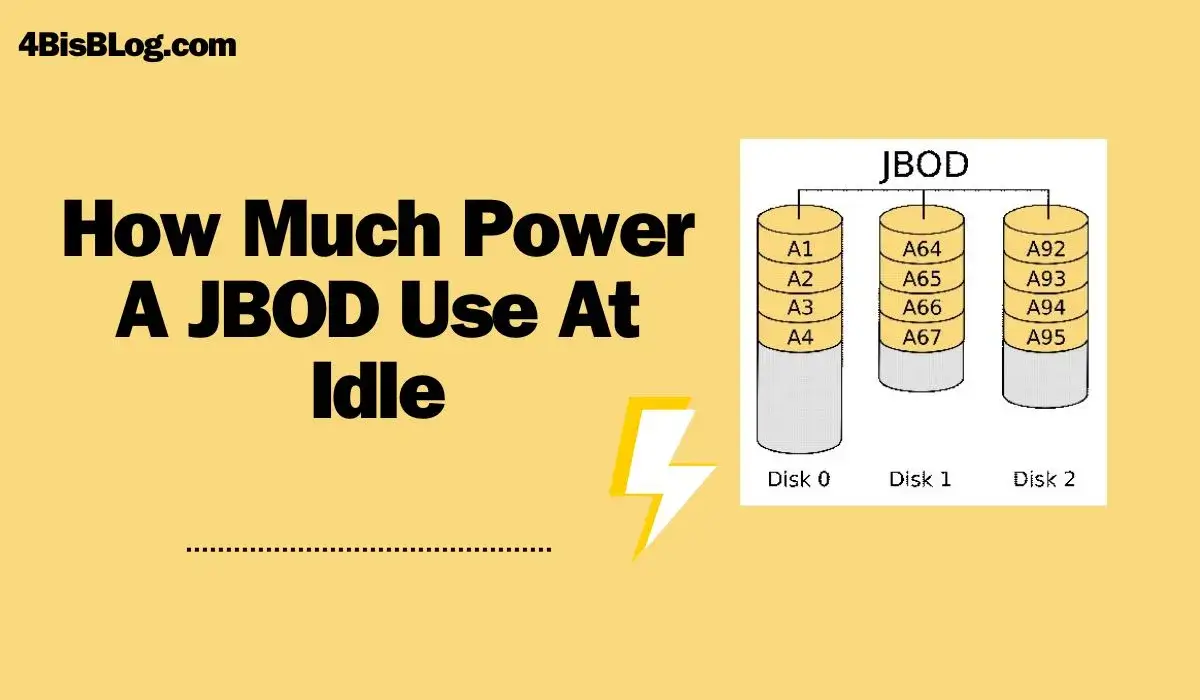Discover the energy efficiency: “How much power a JBOD use at idle” – unravel the insights into power consumption for an informed choice.
Wondering about the energy JBODs consume when they’re not busy? When a JBOD, short for “Just a Bunch Of Disks,” isn’t actively working, it still uses some power.
Understanding the idle power consumption of a JBOD is crucial for efficiency and cost considerations.
In this article, we’ll explore the energy usage of a JBOD when it’s idle, shedding light on how much power these storage systems consume during their downtime.
Basics About JBOD
Understanding the fundamental concepts of JBOD, which stands for “Just a Bunch Of Disks,” is essential for navigating the world of storage systems.
JBOD is a method of combining multiple hard drives into a single storage pool without the need for striping or mirroring. Each drive operates independently, offering a simple way to expand storage capacity.
This configuration lacks redundancy but provides flexibility in managing storage resources. In this section, we’ll delve into the core principles of JBOD setups, exploring their structure and functionality to grasp the foundation of these storage solutions.
What Is Idle Mode?
Idle mode refers to the state when a device, such as a JBOD (Just a Bunch Of Disks), remains powered on but isn’t actively engaged in processing or performing tasks.
In the context of a JBOD, idle mode represents the period when the disks are spinning but not actively accessed for data retrieval or storage operations. During this phase, the system consumes electricity while waiting for commands or tasks.
Understanding the implications of idle mode in a JBOD setup is crucial for comprehending its power consumption patterns and optimizing energy usage. In this section, we’ll delve into the significance of idle mode within JBOD systems and its impact on power consumption.
How Much Power Is Used When a JBOD Is Idle?
Curious about the energy usage of a JBOD (Just a Bunch Of Disks) when it’s not actively in use? The power consumption of a JBOD during idle periods varies based on factors like the number of drives, their specifications, and the system’s design.
Understanding the idle power consumption of a JBOD is crucial for efficiency and cost considerations. In this section, we’ll explore and shed light on the typical power consumption of a JBOD when it’s in an idle state, providing insights into its energy usage patterns.
Tips for Cutting JBOD Idle Power Usage
Drive Spindown Settings: Configure the JBOD to spin down drives during extended idle periods, reducing power consumption significantly.
1. Power Management Features
Utilize power management features available in the JBOD system to regulate energy usage during idle states.
2. Consolidate Data
Optimize data storage to consolidate files on fewer drives, enabling the unused ones to enter low-power modes more frequently.
3. Temperature Control
Maintain an optimal operating temperature for the JBOD system to prevent unnecessary power usage due to overheating.
4. Scheduled Operation
Implement scheduled operations to activate the JBOD only when needed, minimizing idle power consumption.
5. Efficient Hardware Selection
Choose energy-efficient drives and components for the JBOD setup to reduce overall power consumption during idle periods.
By implementing these tips, you can effectively reduce the idle power usage of your JBOD system, enhancing energy efficiency and potentially lowering operational costs.
Measuring And Managing Idle Power Consumption
Understanding and managing the idle power consumption of a JBOD (Just a Bunch Of Disks) involves several crucial steps:
1. Read Drive Specifications
Review the specifications of the drives installed in the JBOD. Drive specifications detail their power usage during different modes, including idle.
2. Monitor Idle Power
Regularly monitor the power consumption of the JBOD system during idle periods using monitoring tools or software. This helps track energy usage trends.
3. Consider Drive Types
Different drive types (SSDs, HDDs) consume varying amounts of power during idle states. Consider these differences when selecting drives for your JBOD setup.
4. Implement Power Management
Utilize power management features offered by the JBOD system or operating system to regulate the power usage during idle times. This could involve setting drive spindown times or other power-saving configurations.
By following these steps and paying attention to drive specifications, monitoring power usage, considering drive types, and implementing effective power management strategies, you can effectively measure and manage idle power consumption in your JBOD system.
Conclusion on How Much Power A JBOD Use At Idle
In conclusion, understanding the idle power consumption of a JBOD (Just a Bunch Of Disks) is crucial for optimizing energy usage and managing operational costs. Idle modes in these systems represent periods of reduced activity but continued power consumption, making it essential to implement strategies to minimize unnecessary energy usage.
By considering drive specifications, monitoring power consumption, selecting appropriate drive types, and implementing effective power management, users can significantly reduce idle power consumption in JBOD setups.
These measures not only contribute to enhanced energy efficiency but also support cost savings in the long run. Ultimately, a mindful approach to managing idle power consumption in JBOD systems ensures efficient operation while aligning with sustainability goals and minimizing environmental impact.
FAQ’s
1. Are 80 Plus certified PSUs really that much more efficient than non-certified ones?
Yes, 80 Plus certified power supply units (PSUs) are notably more efficient than non-certified ones. These certified PSUs meet higher standards, ensuring they convert more energy from the wall socket into usable power for your devices, reducing wasted energy as heat.
2. What uses more power in my JBODs – the hard drives themselves or the PSUs?
Generally, the hard drives in JBODs consume more power than the power supply units. The cumulative power usage of multiple hard drives running simultaneously tends to outweigh the power drawn by the PSU.
3. What’s the sweet spot for hard drive spin-down time settings?
Determining the ideal spin-down time for hard drives in a JBOD involves finding a balance between reducing idle power consumption and minimizing wear caused by frequent spin-ups and spin-downs.
4. Is it possible to run a stacked JBOD configuration from a single power outlet safely?
It is possible to safely run a stacked JBOD configuration from a single power outlet, but it’s crucial to ensure the power outlet can handle the combined power requirements of all the JBODs without overloading.
5. Is it possible to fully power off my JBODs remotely if needed?
Yes, it’s often possible to remotely power off JBODs through management interfaces or specialized software tools, allowing for remote management and power control as necessary.
Read More Articles:
https://www.4bisblog.com/how-to-add-dashboards-to-unleashed-x/
https://www.4bisblog.com/a-fatal-error-occurred-when-running-fusee/
https://www.4bisblog.com/5-tips-for-saving-money-on-home-insurance-in-atlanta/

